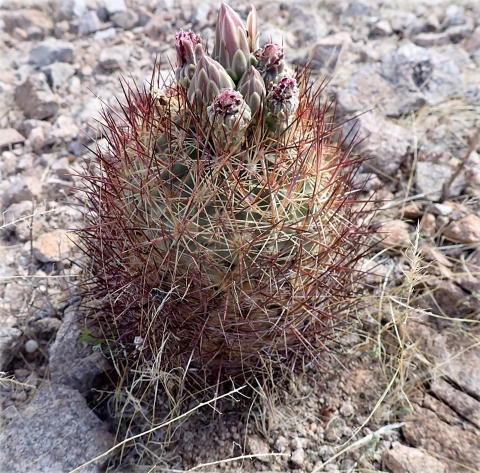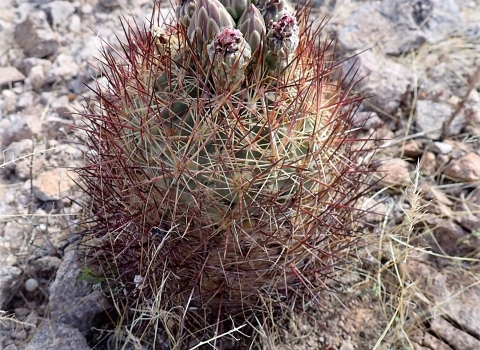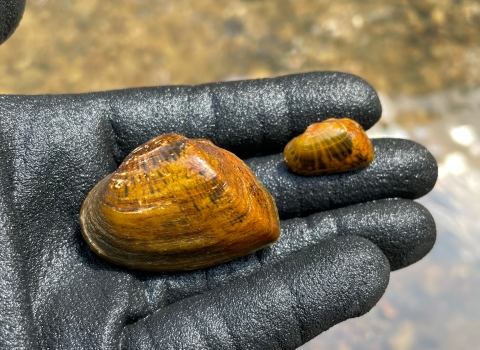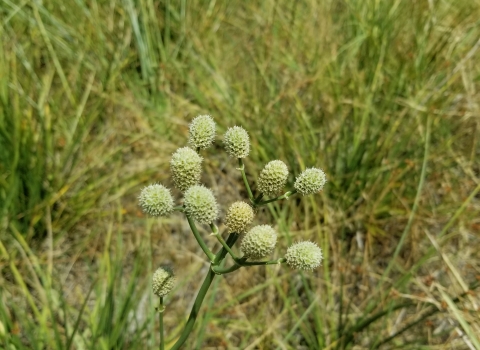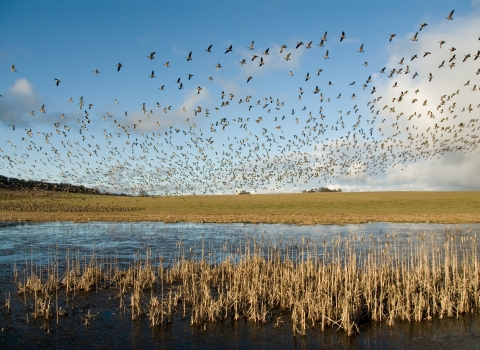Phoenix – Following a 60-day public comment period, the U.S. Fish and Wildlife Service has finalized a recovery plan for the endangered acuña cactus (Echinomastus erectocentrus var. acunensis), a small, spherical, usually single-stemmed succulent that occurs in valleys and on small knolls and gravel ridges of the Sonoran Desert in Arizona, U.S. and Sonora, Mexico.
While they are not regulatory documents, recovery plans provide a framework for the recovery of a species so that Endangered Species Act protection is no longer necessary. This final recovery plan establishes delisting criteria, describes actions considered necessary for the recovery of acuña cactus, and estimates the time and cost to implement the recovery actions. This provides a framework for agencies and cooperators to coordinate recovery efforts for the species.
The final recovery plan and implementation strategy lay out a framework to recover the acuña cactus with six objectives that center around working with partners to increase the size and number of total populations. To accomplish this, the plan describes using partnerships to conduct seed banking, develop effective propagation and out-planting techniques, study and monitor wild populations, and reduce threats to the cactus and its habitat.
A large part of the final recovery plan and implementation strategy involves working with land managers to restore Sonoran Desert habitat through the introduction of locally sourced native plant seeds and the reduction or mitigation of the effects of primary threats, including drought and climate change climate change
Climate change includes both global warming driven by human-induced emissions of greenhouse gases and the resulting large-scale shifts in weather patterns. Though there have been previous periods of climatic change, since the mid-20th century humans have had an unprecedented impact on Earth's climate system and caused change on a global scale.
Learn more about climate change , urban development, mining, livestock, border activity, non-native plants, altered fire regimes, predation, and illegal collection. Following habitat restoration for acuña cactus and its pollinators, the next step will be to introduce or reintroduce the plant to suitable areas.
The acuña cactus was listed as endangered in 2013. The species is especially vulnerable because it occurs in eight extant populations, four of which support fewer than 50 individuals each.
Since the 2013 listing, the Service has worked with partners including the Tohono O’odham Nation, U.S. Air Force, the Bureau of Land Management, the National Park Service, Arizona Game and Fish Department, and the Desert Botanical Garden, to periodically monitor populations. The final recovery plan is available online at the Species Profile for Acuña Cactus (Echinomastus erectocentrus var. acunensis) (fws.gov).
